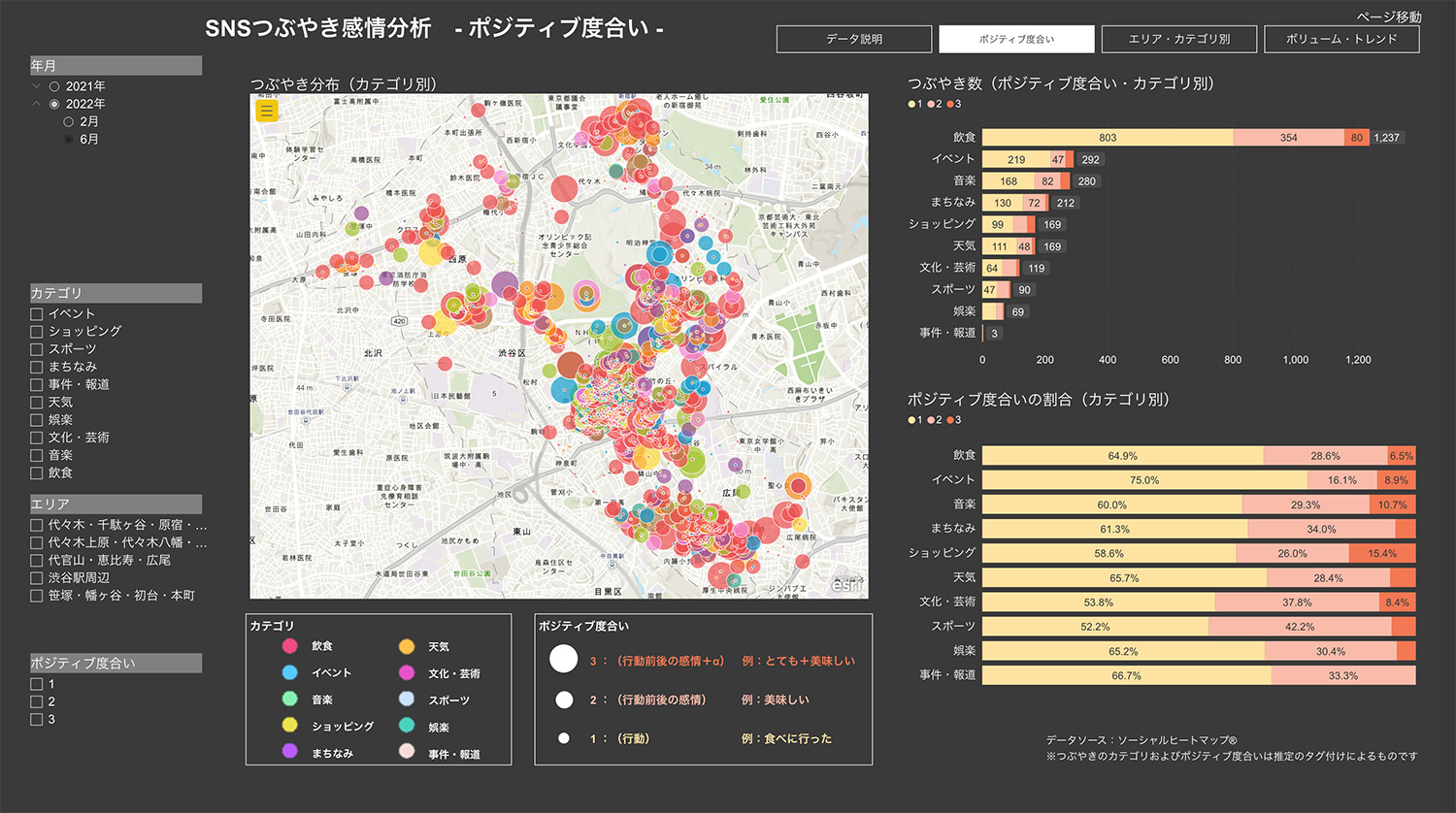産官学民のデータを掛け合わせ、渋谷区の社会課題解決のためのソリューション創出基盤を構築する「渋谷データコンソーシアム」。今回は、同コンソーシアムに参画し、また渋谷未来デザインの会員企業でもある、竹中工務店のおふたりに登場いただき、その活動に込めた思いやビジョンについてうかがいました。
デジタル技術で渋谷の暮らしや文化を支えていくために
——渋谷データコンソーシアムに参画いただく以前から様々な先進的な取り組みをされてきたなかで、渋谷に関わりの深いところでいうと「ソトコミ」というプロジェクトがありますよね?
安藤 はい。たとえば今日は非常に天気が良いんですけど、こうしてビルの中に入ってると屋外の快適さというのがなかなか分からないですよね。「ソトコミ」というのは、屋外にいる人の温熱的な快適さというものがビルの中にいる人でも分かるようにするために、ビルの屋上やパブリックスペースなどにセンサーを置かせていただいて、快適度指数のようなものをスマホやサイネージに表示することによって、屋外に出ようと思う人のきっかけを促すようなシステムになっています。
例えば、集合住宅の共用スペースが屋上にある場合に、屋上へ住民の方を誘導するために各住戸内のモニターで屋上の快適さが分かる事例や、渋谷パルコのような商業施設ですと、屋上や立体街路にセンサーを置いて、1階エントランス付近のサイネージで快適さを示すことによって、お客さまを誘導する仕組みになっています。
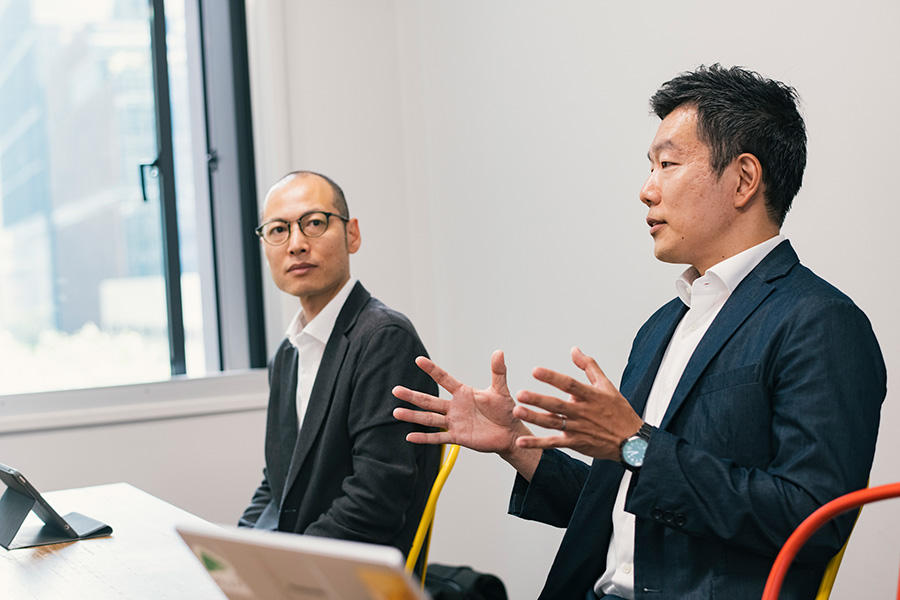
森永 当社は渋谷パルコの開発に携わらせていただくなかで、これからも引き続き渋谷のまちづくりに関わっていきたいという思いがあって、渋谷未来デザインに参画させていただいてきました。たとえばこの「ソトコミ」も渋谷パルコに実装されていますが、それを建物単体ではなくまちレベルで少し広げていく——例えば公園などパブリックなスペースに設置することで渋谷のまちへ訪れたくなるようなきっかけがつくれるのでは、とも考えています。
渋谷は多様性を尊重しながら常に新しい何かが生まれる、あるいはチャレンジができる街という意味で、非常に魅力を感じています。そこで我々も、やりたいことをまずは渋谷から始めてみようということで、渋谷データコンソーシアムのほうにも参画させていただきました。
安藤 ちょうど当社も、デジタル技術を活用してまちの魅力づくりを推進する「アーバンテック®」というプロジェクトを社内で立ち上げたところでした。
「アーバンテック」は、当社の技術をより街なかに広げることで、エンドユーザーの方にとって魅力的な街づくりにどうやって資することができるのかを考えていくプロジェクトです。ライフスタイルの提案や、まちへの愛着醸成、新しい文化の創出といったことを目指して、先ほど紹介した「ソトコミ」や、このあとお話しする「ソーシャルヒートマップ®」といったものの開発・実装を進めています。

まちの感情を可視化する「ソーシャルヒートマップ」
安藤 「ソーシャルヒートマップ」は、SNSのデータを分析してそこから人の感情にまつわる情報を抽出します。そのデータから、どんな場所にどんな感情が発生しているのかを可視化するようなツールです。
これは渋谷区のシティダッシュボード(区や民間のデータを集約しグラフや地図等で可視化、街の課題解決等につなげていくプラットフォーム)に採用いただいています。
▶︎ シティダッシュボード|SNSのつぶやきによる街の特徴(ソーシャルヒートマップ)
2023年6月某日夕方頃の「ソーシャルヒートマップ」画面
ディナーどきの時間とあって飲食にまつわる感情が多く表出している
安藤 地図上のバブルの大小が人の感情スコアの大小、バブルの色がカテゴリーの違いを表しています。例えば、赤なら飲食、黄色はショッピングといったカテゴリーで、それぞれの感情がまちのどこにうごめいているかが分かります。
——先ほどの「ソトコミ」がソースとしているのは、主に御社が手がけた建物などに置かれた設備でセンサリングしたデータでしたが、この「ソーシャルヒートマップ」はもはや御社の建築物とは関係ないところからとったデータをソースとしているんですね。
安藤 そうです。センサーがなくても、人がtwitterを介して街に対する思いをつぶやいてくれる、それを我々が分析をさせてもらって、まちで起きてることや感情を可視化するということです。
森永 これまで当社は、建物をつくったあと、まちに来た人がその場所に対してどんな感情をいだいているのかというのは、なんとなくの雰囲気でしか分からなかったんですが、こういったツールを使うことで感情の可視化ができるようになりました。
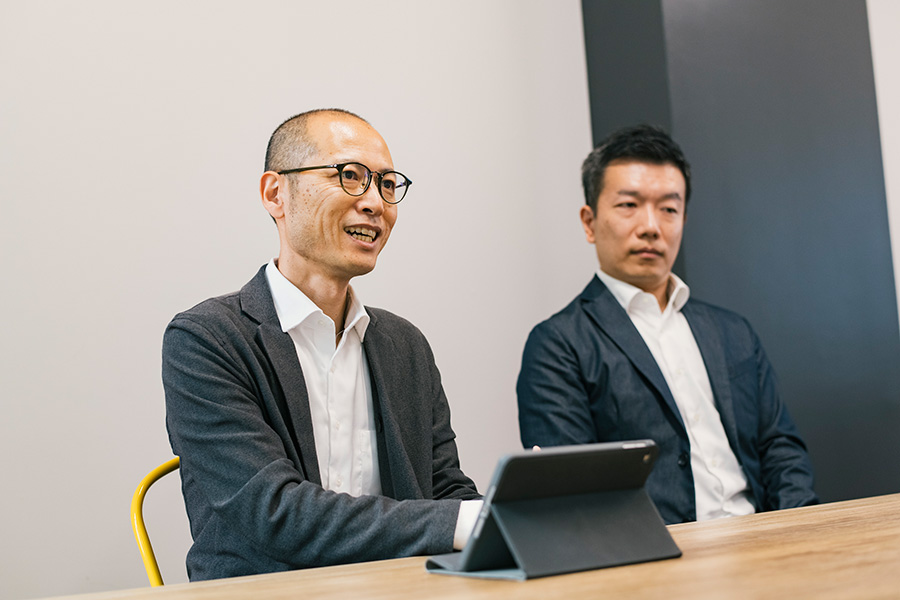
——それが御社にとっての具体的な活用法でありながらも、それをシティダッシュボードに掲載したり、他社さんが持っているデータと連携していくことで、もっといろんな活用のしかたがありそう、ということですよね。
安藤 実際にシティダッシュボードに掲載いただいて非常に大きな反響がありまして、他企業の方から竹中工務店と共創してみたいと言っていただく事例もいくつか出てきています。
——このマップはどのぐらいの位置的な精度で見ることができるんですか?
森永 点データですので、どの建物のどのあたり、といったくらいの精度で分かります。
——たとえばライブハウスがあるあたりなんかは夜になるとすごく盛り上がって見えたりとか…。
安藤 そうですね。時系列ということでいうと、夜と朝とのまちの顔が全然違うということなども見えてきて、それも面白味のひとつかなと思います。
森永 あとは、今まさに進んでいる渋谷駅周辺の大規模開発などのまちの変化に対して、開発前と後でどんな反応の違いがあるかということも可視化できますよね。時系列といっても数時間や数日単位の変化だけでなく、数年単位での変化を可視化するような活用のしかたも今後模索していきたいと思っています。
——面白いですね。地図上の平面的な広がりと、さらに時間的な奥行きも持ちながら、街の感情がアーカイブされていくわけですね…。
安藤 まちのデータというと、人が多い/少ないといったような、数で数えられる定量的なデータを集めていることが多いと思いますが、我々としては、人の感情といった定性的なデータの分析技術で独自性をアピールしつつ、定量データとの重ね合わせからまちの魅力について考えていこうとしているということです。
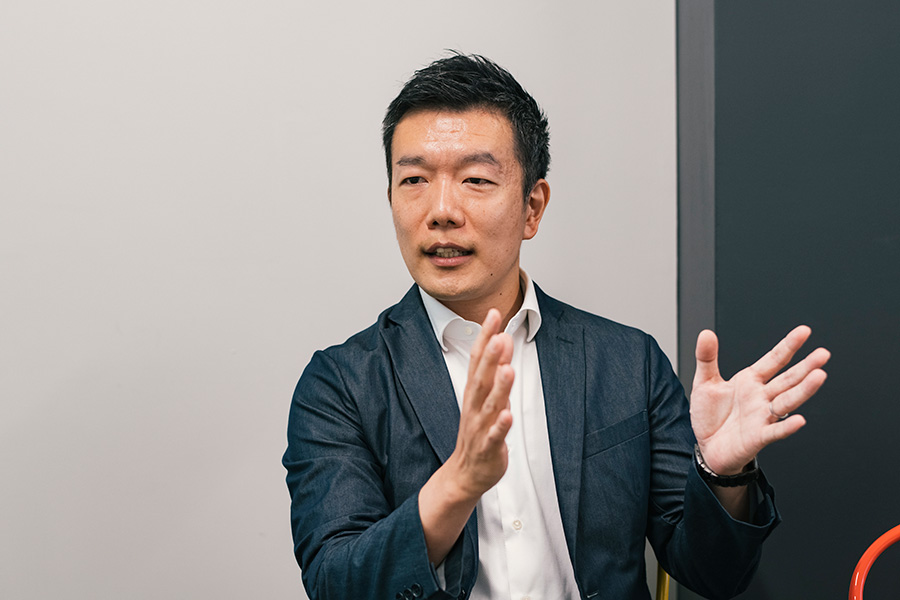
渋谷という場での多様な企業連携に期待
——なるほど。竹中工務店さんの定性データと他社さんの定量データの掛け合わせ、というあたりにも、企業間連携のヒントがありそうですね。
安藤 そうですね。実際に渋谷のまちの感情の大小のデータと、人の多い/少ないのデータを掛け合わせてみた事例もありまして、人が多くて且つポジティブな感情が多いエリアがもちろんある一方で、人は少ないけれど実はポジティブな感情が多いエリアというのも可視化されてきます。

森永 たとえばいわゆる“奥渋谷”のエリアは、駅周辺ほど人が多くはないんですが、ポジティブなつぶやきが多い、満足度が高い、ということが見えてきますよね。
安藤 こういうことは、人が多いか少ないかという定量データだけでは見えてこないことが多いんですね。見方によっては、人が少ないから人気がないエリアなんじゃないかという風にも捉えられてしまいます。しかし、そこを訪れている人の感情を分析することで、定量データから得られる知見に対して、もうひとつの見方を補足しながら、まちの魅力を浮き彫りにしていくことができると思っています。
——それをふまえて、今後、渋谷データコンソーシアムを通じてどんな活動をされていきたいですか?
安藤 今後も当社が技術開発したものを渋谷というフィールドで、分析、実証実験させていただいて、またそこにいろんな企業の方に参加いただいて、当社だけでなく皆さまと一緒に渋谷のまちをより良くしていくための仕掛けを模索していきたいです。我々のツールを“考えるきっかけ”にしていただきたいなと。
渋谷データコンソーシアムや渋谷未来デザインの会員企業の皆さまでご興味を持たれた方がいらっしゃったら、ぜひお声がけいただきたいと思っています。
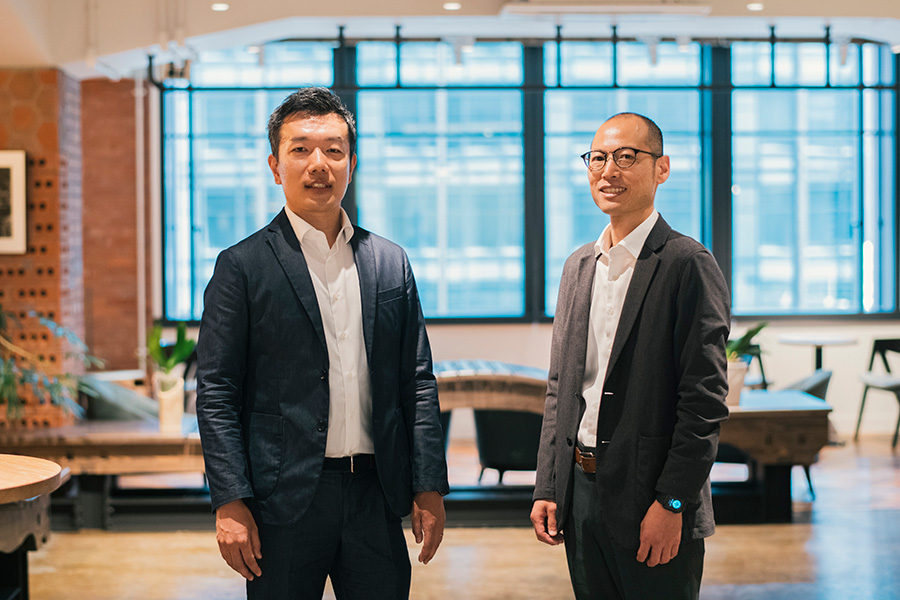
文)天田 輔
写真)斎藤 優




